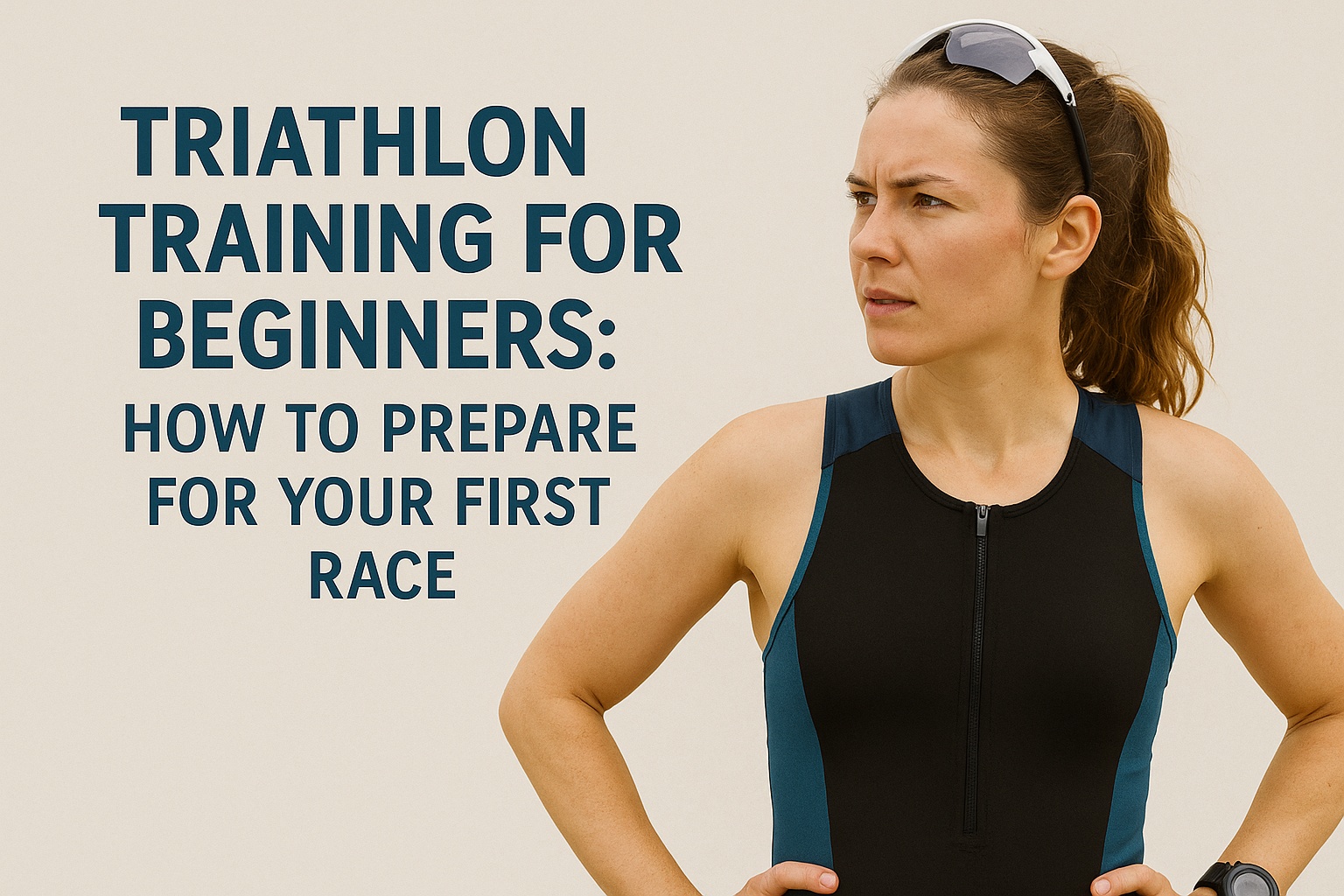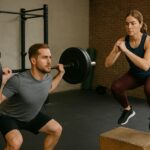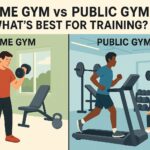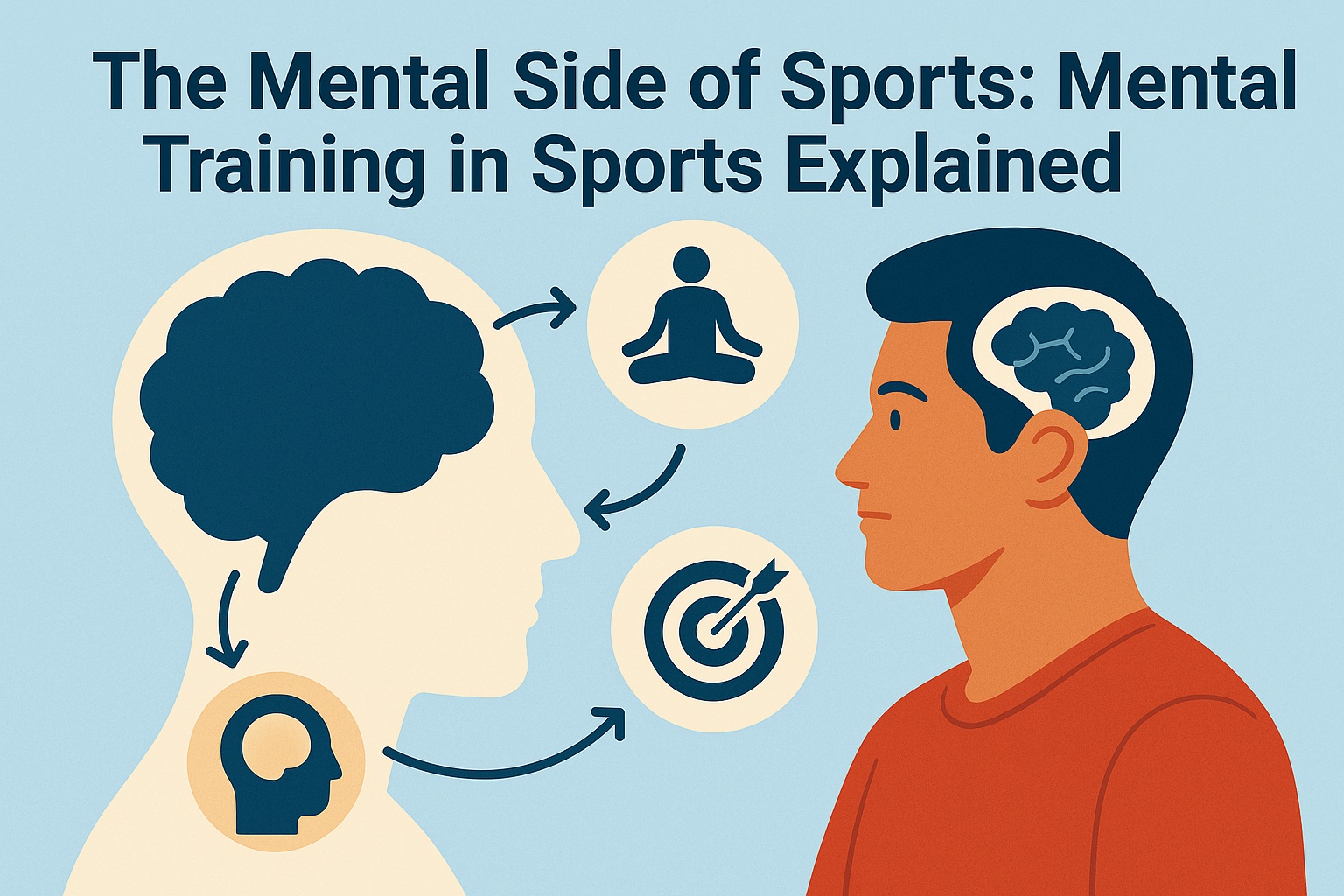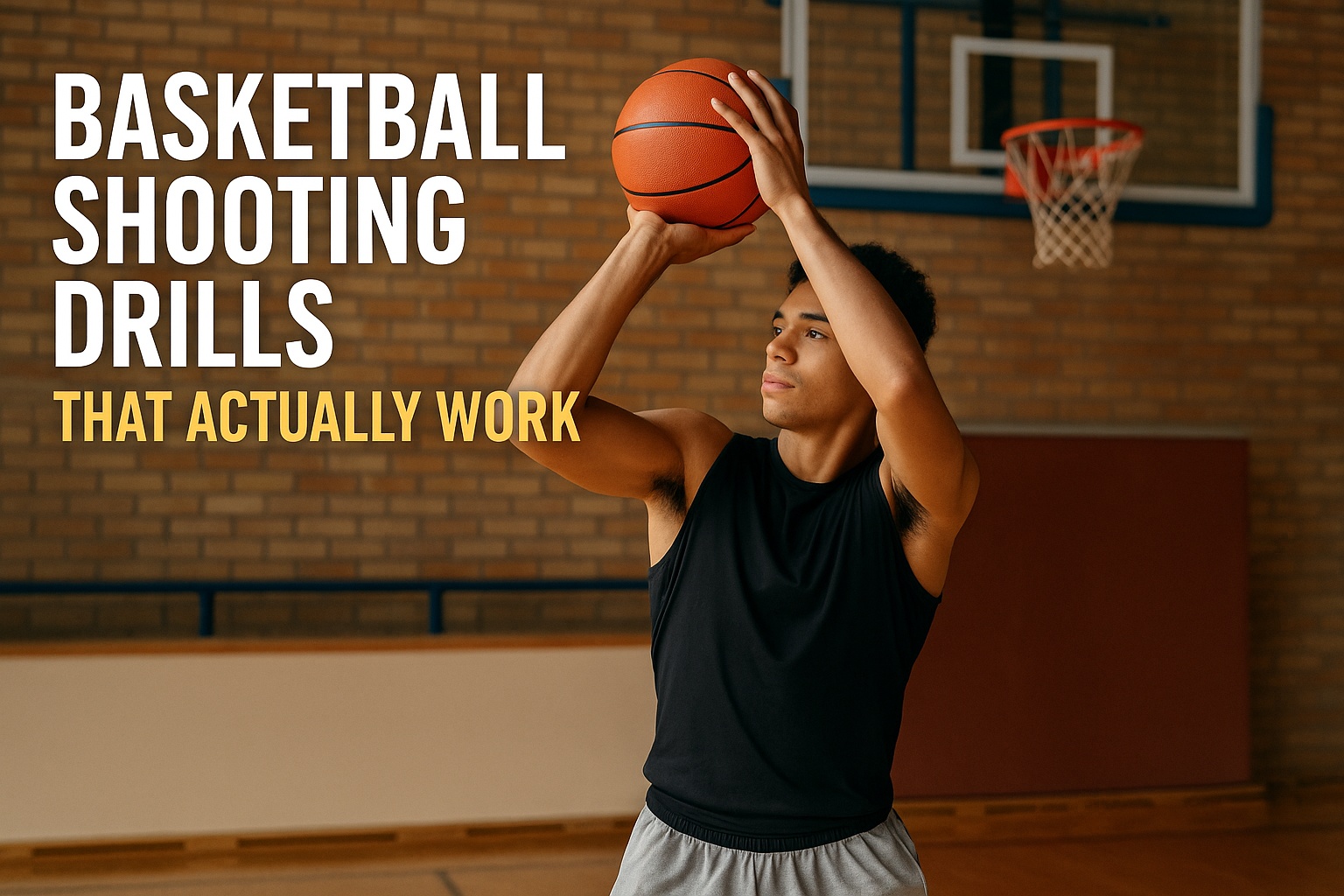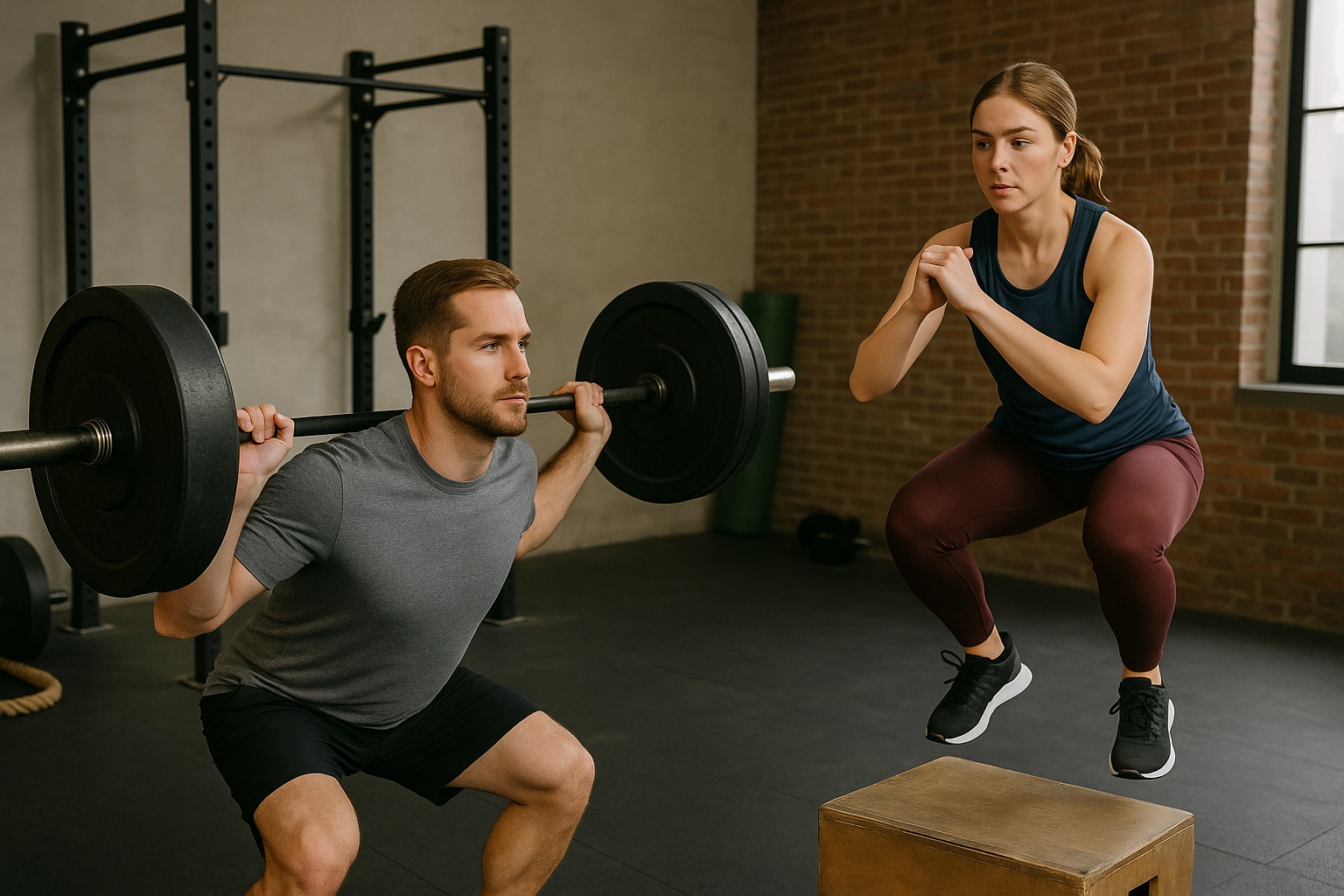Triathlon Training for Beginners: Your First Race Starts Here
Training for your first triathlon might seem overwhelming, but with the right plan and mindset, it’s entirely doable—even if you’re starting from scratch. Whether you’re aiming for a sprint triathlon or planning long-term goals, this complete guide to triathlon training for beginners will walk you through every step. From workouts to gear to mental prep, we’ve got you covered.
What Is a Triathlon?
A triathlon combines three endurance sports—swimming, cycling, and running—into one continuous race. Most beginners start with a sprint-distance event, which typically includes:
- Swim: 400–750 meters (pool or open water)
- Bike: 10–20 kilometers
- Run: 2.5–5 kilometers
Other types include Olympic, Half-Ironman, and Full Ironman distances, but sprint is ideal for entry-level triathletes.
Essential Gear for First-Time Triathletes
Before diving into your training, you’ll need some basic gear:
- Swim: Swimsuit, goggles, swim cap (wetsuit optional)
- Bike: Road or hybrid bike, helmet, bike shorts
- Run: Quality running shoes, moisture-wicking clothing
- Optional: Tri suit, bike gloves, watch with GPS tracking
Don’t over-invest in top-tier gear early—focus on comfort and fit.
Week-by-Week Triathlon Training Plan for Beginners
A balanced beginner plan includes three key workouts per sport each week. Here’s a sample 8-week training split:
| Day | Workout |
|---|---|
| Monday | Swim (drills + endurance) |
| Tuesday | Bike (intermediate pace, 30–45 min) |
| Wednesday | Run (intervals or tempo run) |
| Thursday | Rest or light yoga/stretch |
| Friday | Brick workout (bike → run transition) |
| Saturday | Swim + strength training |
| Sunday | Long bike ride or easy jog |
Swim Training Tips for Beginners
Swimming is the most intimidating part for most newbies. Focus on:
- Breathing technique and bilateral breathing
- Body position and streamlining
- Endurance over speed early on
- Practicing in open water if your race includes it
Join a swim class or find a coach if possible—it accelerates progress.
Bike Training for New Triathletes
Riding is about more than just pedaling. Key focus areas:
- Bike handling skills and safety awareness
- Cadence control (aim for 80–90 RPM)
- Gear shifting on hills and turns
- Practicing longer rides to build stamina
Don’t skip practice rides on the road—it helps build confidence.
Running Tips for First-Time Triathletes
Running after a swim and bike ride is a new kind of challenge. Prepare with:
- Short “brick workouts” (bike → run) weekly
- Interval sessions for speed and endurance
- Proper form: upright posture, short strides, even breathing
A strong run finish comes from consistent pacing, not all-out speed.
Nutrition and Hydration Basics
Fueling your body correctly is a major part of triathlon training for beginners:
- Hydrate throughout the day—not just during workouts
- Eat a balanced diet with complex carbs, lean protein, and healthy fats
- Use electrolyte drinks on long training days
- Practice race-day fueling during workouts (e.g., energy gels or chews)
Practice Transitions (T1 and T2)
Efficient transitions save valuable time on race day:
- T1: Swim → Bike
- T2: Bike → Run
Lay out gear in order and practice your routine weekly. Use elastic laces and minimal gear changes to reduce time.
Race Day Tips for First-Timers
- Get to the venue early and walk through transition zones
- Don’t try anything new on race day—stick to familiar gear and meals
- Start at a comfortable pace—don’t burn out early
- Enjoy the process—it’s an accomplishment just to finish
Conclusion: Triathlon Training for Beginners Starts with a Plan
With consistency, smart pacing, and positive mindset, triathlon training for beginners becomes not just doable—but empowering. Focus on gradual progress, listen to your body, and remember: your first race isn’t about perfection, it’s about showing up, giving your best, and crossing the finish line with pride.
